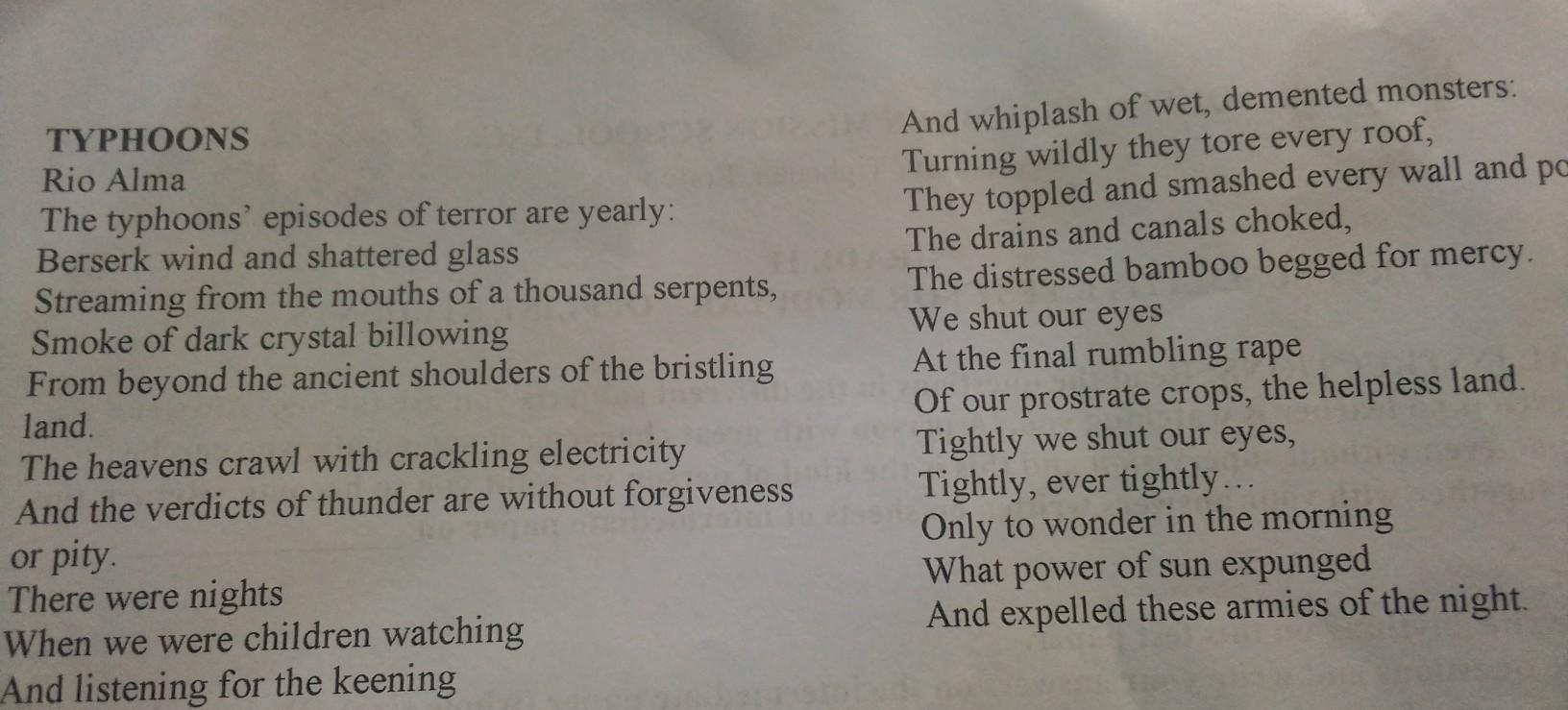Answers 1
Millions of Filipinos from all walks of life came together for the 1986 EDSA People Power Revolution to march along Epifanio de los Santos Avenue (EDSA), the main thoroughfare in Metro Manila, in an effort to overthrow President Ferdinand E. Marcos' dictatorship and usher in a new era of genuine freedom and democracy.
Epifanio de los Santos Avenue, also known as EDSA, is a restricted-access road that circles Manila, the capital city of the Philippines.
First-Hand Sourcesa. President Corazon Aquino's address at the raising of the EDSA flag on February 25, 1987; the speech seemed impassioned because it was mostly about their predicament.
b. Jose T. Almonte's book, My Part in the 1986 People Power Revolution, is focused primarily on his experiences and may have overlooked other EDSA Revolution events that he was not present for.
c. Monina Allarey Mercado's book People Power, an Eyewitness History: The Philippine Revolution of 1986 overdramatized the events of the uprising.
d. Witness to the People Power Revolution: An Interview with Sr. Mary Ann Azanza, RA – the interview took place 30 years after the revolution, and some viewers complain that some information has been misrepresented.
Further explanation:The information, data, documents, and/or artifacts from primary sources are those that were delivered personally by the people who were present at the time (of the event of interest). It is imperative that these sources are unique and found only on facts. These include, among other things, interview transcripts in their raw form, archival and manuscript materials, speeches, images, films, and audio recordings, as well as memoirs, correspondence, diaries, oral histories, and government publications.
However, secondary sources are written by those who did not witness or take part in the relevant event firsthand. The material in secondary sources is most often taken from primary sources—individuals who witnessed the event firsthand—and is simply restated. Textbooks, dictionaries, interpretive and analytical works, political films, and bibliographies are typical examples of these.
Each source has its own biases, yet some of them are quite similar due to their content.
Secondary Resourcesa. A few details are missing, especially in the background information regarding the revolution, in The Return of "People Power" in the Philippines: Journal of Democracy.
b. Containing opinions that go counter to how the general public remembers the EDSA revolution, Taming People's Power: The EDSA Revolutions and Their Contradictions
c. One-sided account of the EDSA revolution that favors Filipino Christians, Power, and Responsibility: A Filipino Christian Perspective
d. Women in Revolution: The Philippine Version is a biased account that solely emphasizes the role that women played in the revolution.
e. Hegelian Interpretation of History: The EDSA Revolution and Freedom—single-person interpretations of the EDSA people's power occurrences
Learn more about sources here: https://brainly.ph/question/10236854#
#SPJ2
-
Author:
monkeyyjzs
-
Rate an answer:
4

